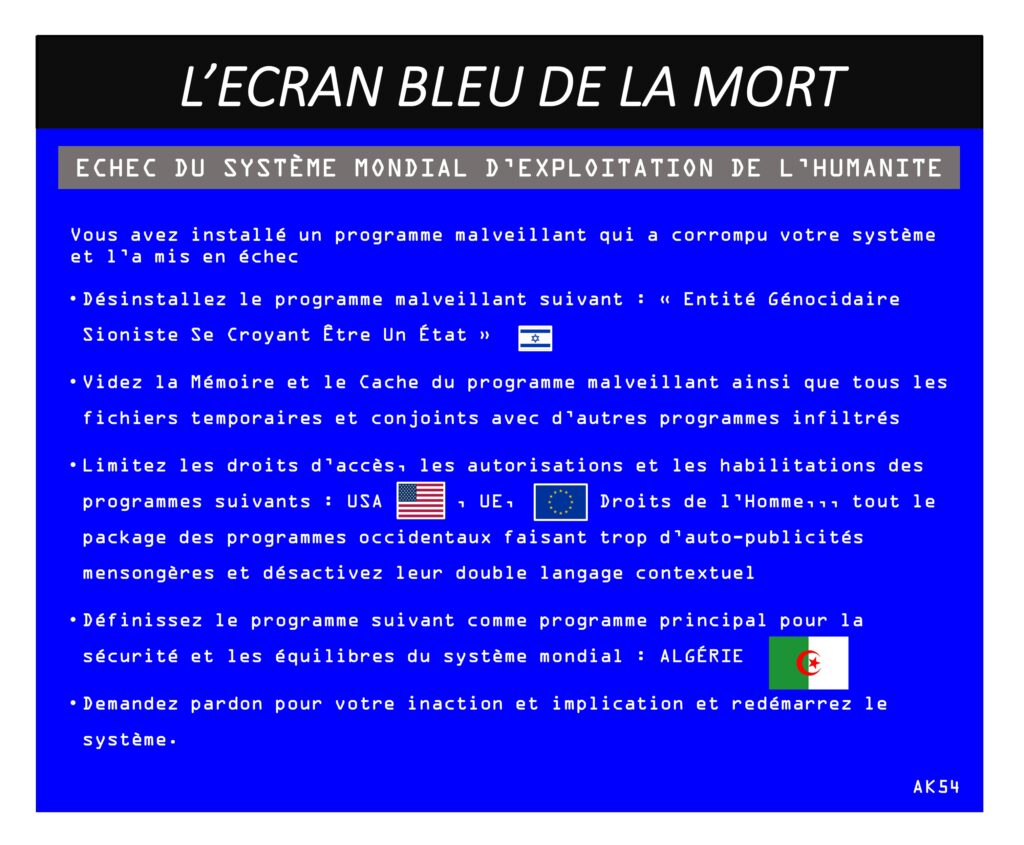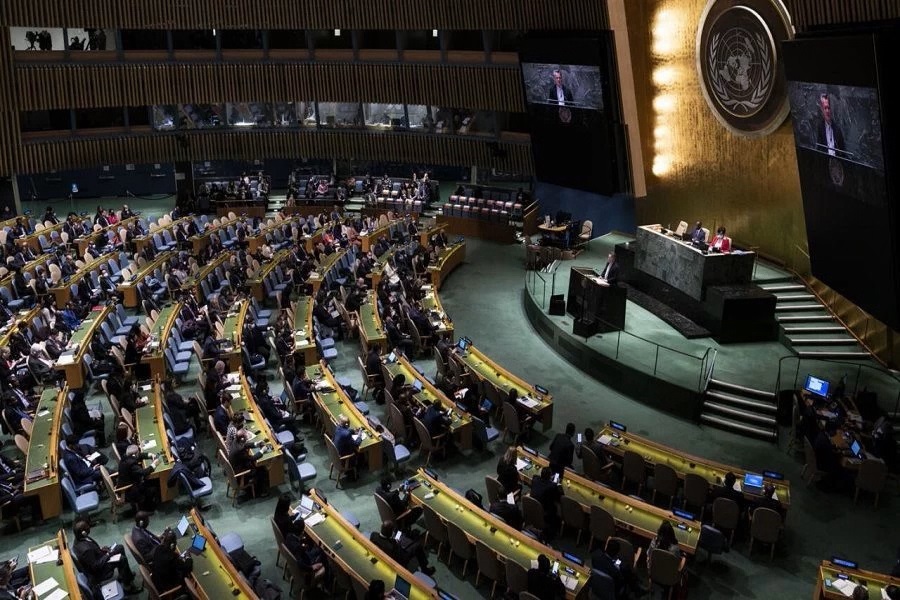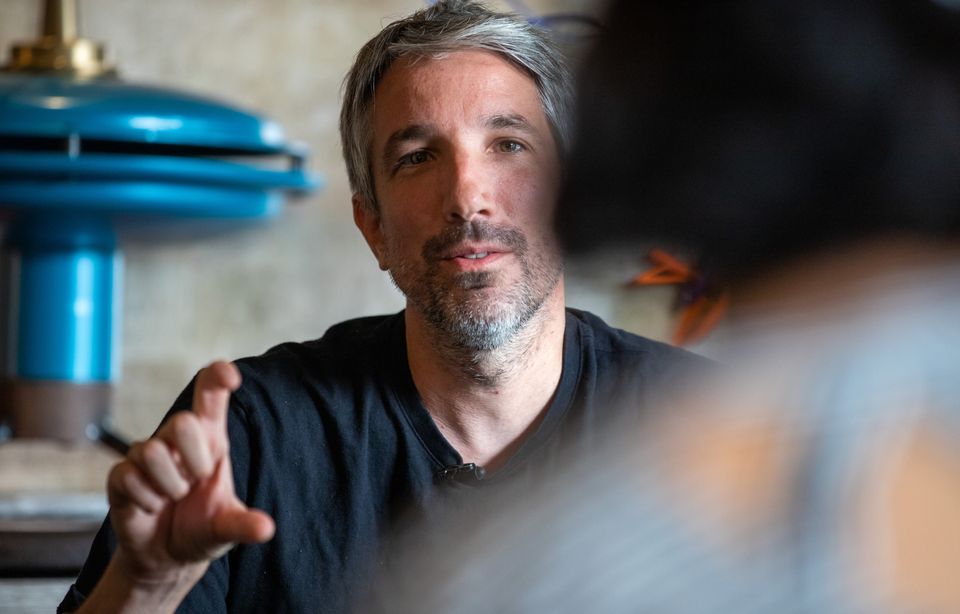By Peter Schmid, MD, PhD, FACS
Introduction

Coronaviruses have been affecting humans for a long time. Several versions are known to trigger common colds and more recently two types have set off outbreaks of deadly illnesses: Severe acute respiratory syndrome (Sars) and Middle East respiratory syndrome (Mers).
But their impact has been mild compared with the global problem created by the coronavirus that is causing the Covid-19 pandemic. In only a few months it has triggered lockdowns in dozens of nations, and the disease continues to spread.
That is an extraordinary achievement for a spiky ball of genetic material coated in fatty chemicals called lipids, and which measures 80 billionths of a meter = 80 nanometer in diameter.
On the other hand, our knowledge about the Sars-CoV-2, the virus that causes Covid-19, is also remarkable. This was an organism unknown to science five months ago. Today it is the subject of study on an unprecedented scale. Vaccines projects proliferate, antiviral drug trials have been launched and new diagnostic tests are appearing.
How the virus spreads and how it affects us?
Virus-ridden particles are inhaled by others and come into contact with cells lining the throat and larynx. These cells have large numbers of receptors – known as Ace-2 re- ceptors – on their surfaces. (Cell receptors play a key role in passing chemicals into cells and in triggering signals between cells).
Sars-CoV-2 has a surface protein that is primed to lock on that receptor and slip its RNA into the cell.
Once inside, that RNA inserts itself into the cell’s own replication machinery and makes multiple copies of the virus. These burst out of the cell, and the infection spreads.
Antibodies generated by the body’s immune system eventually target the virus and, in most cases, halt its progress.
A Sars-CoV-2 infection is generally mild, and that really is the secret of the virus’s success: Many people don’t even notice they have got an infection and so go around their work, homes and supermarkets infecting others.
By contrast, Sars – which is also caused by a coronavirus – makes patients much sicker and kills about one in 10 of those infected. In most cases, these patients are hospitalized and that stops them infecting others – by cutting the transmission chain. Milder Sars- CoV-2avoids that.
Occasionally, however, the Sars-CoV-2 virus can cause severe problems. This hap-pens when it moves down the respiratory tract and infects the lungs, which are even richer in cells with Ace-2 receptors. Many of these cells are destroyed, and lungs be-come congested with bits of broken cell. In these cases, patients will require treatment in intensive care.
Even worse, in some cases, a person’s immune system goes into overdrive, attracting cells to the lungs in order to attack the virus, resulting in inflammation. This process can run out of control, more immune cells pour in, and the inflammation gets worse. This is known as a cytokine storm. (In Greek, “cyto” means cell and “kino” means movement.) In some cases, this can kill the patient.
Just why cytokine storms occur in some patients but not in the vast majority is unclear. One possibility is that some people have versions of Ace-2 receptors that are slightly more vulnerable to attacks from the Sars-CoV-2 coronavirus than are those of most people.
Patients recovering from a Covid-19 infection have fairly high levels of neutralizing antibodies in their blood. These antibodies are made by the immune system, and they coat an invading virus at specific points, blocking its ability to break into cells, however, it is unlikely that this protection will be for life; it may last for one year or two years. That is in line with other coronaviruses that infect humans. That means that even if most people do eventually become exposed to the virus, it is still likely to become endemic – which means we would see seasonal peaks of infection of this disease. The virus will be with us for some time. The development and rollout of an effective vaccine will free us from the threat of Sars-CoV-2, but it takes 1-2 years.
https://www.theguardian.com/world/2020/apr/24/coronavirus-what-have-scientists- learned-about-covid-19-so-far.
The problem with masks
Homemade masks should only be considered as a last resort to prevent droplet trans- mission from infected individuals, but it would be better than no protection.
https://www.researchgate.net/publication/258525804_Testing_the_Effi- cacy_of_Homemade_Masks_Would_They_Protect_in_an_Influenza_Pandemic.
MicroPorR filters do best eliminating small particles with sizes between 30 and 500 nanometers; Sars-CoV-2 has 80 nanometers. A total of 20 materials were tested.
(https://www.mpic.de/4646696/filtermasken_zusammenfassung_08_04_2020_v3_fi- nal.pdf).
Available respirators (= special masks, particulate filtering facepiece) filtering particles of 300 nanometers and bigger https://fastlifehacks.com/n95-vs-ffp/:
Respirator Standard FFP1 & P1
FFP2 & P2
N95
KN95
N99 & FFP3 P3
N100
Filter Capacity 1), 2) At least 80%
At least 94%
At least 95%
At least 95%
At least 99%
At least 99.95% At least 99.97%
Source of norm Europe
Europe
USA
China
USA, Europe Europe
USA
1) = Removes X% of all particles that are 300 nanometers or larger
2) = Size of Sars-CoV-2 virus: 80 nanometers
Sars-CoV-2 has 80 nanometers: No standard is available to filter particles with 80 nanometers!
However, N95 respirators can filter particles bigger than 10 nanometers.
https://www.researchgate.net/publication/258525804_Testing_the_Effi- cacy_of_Homemade_Masks_Would_They_Protect_in_an_Influenza_Pandemic.
MicroPorR filters do best eliminating small particles with sizes between 30 and 500 nanometers; Sars-CoV-2 has 80 nanometers. A total of 20 materials were tested.
(https://www.mpic.de/4646696/filtermasken_zusammenfassung_08_04_2020_v3_fi- nal.pdf).
Available respirators (= special masks, particulate filtering facepiece) filtering particles of 300 nanometers and bigger https://fastlifehacks.com/n95-vs-ffp/:
Respirator Standard FFP1 & P1
FFP2 & P2
N95
KN95
N99 & FFP3 P3
N100
Filter Capacity 1), 2) At least 80%
At least 94%
At least 95%
At least 95%
At least 99%
At least 99.95% At least 99.97%
Source of norm Europe
Europe
USA
China
USA, Europe Europe
USA
1) = Removes X% of all particles that are 300 nanometers or larger
2) = Size of Sars-CoV-2 virus: 80 nanometers
Sars-CoV-2 has 80 nanometers: No standard is available to filter particles with 80 nanometers!
However, N95 respirators can filter particles bigger than 10 nanometers https://multi- media.3m.com/mws/media/376179O/nanotechnology-and-respirator-use.pdf:
N95 and FFP masks were (and still are) are in short supply and high demand during the 2019–20 coronavirus pandemic. Production of N95 masks was limited due to constraints on the supply of nonwoven polypropylene fabric (which is used as the primary filter), as well as the cessation of exports from China. China controls 50 percent of global production of masks, and facing its own coronavirus epidemic, dedicated all its production for domestic use, only allowing exports through government-allocated humanitarian assistance.
https://en.wikipedia.org/wiki/Face_masks_during_the_2019%E2%80%9320_corona- virus_pandemic.
We cannot supply all humans with respirator masks which can eliminate particles bigger than 30 nanometers; we must reserve these special respirator masks for those who care for with Sars-CoV-2 patients.
The big mistake in the U.S. and Europe is that people are not wearing masks. This virus is transmitted by droplets and close contact. Droplets play a very important role. When we speak, there are always droplets coming out of our mouth. Many people have asymptomatic or presymptomatic infections. If they are wearing face masks, it can pre- vent droplets that carry the virus from escaping and infecting others.
https://en.wikipedia.org/wiki/Face_masks_during_the_2019%E2%80%9320_corona- virus_pandemic.
We can make the needed masks to prevent droplet transmission ourselves. I wear a self-made mask outside of my home. If I have to take care of potentially or proven Corona infected patients I wear if conceivably possible my self-made mask with a vacuum cleaner filter, if possible, a MicroPorR filter: The Max-Planck-Institute in Mainz, Germany, published its tests on April 10, 2020:
https://www.mpic.de/4646637/fighting-the-coronavirus-with-fabric-and-paper-towels: Material tested:
- Vacuum cleaner bag MicroPorR one layer
- Vacuum cleaner bag non-MicroPorR one layer
- Cotton + vacuum cleaner backup filter = vacuum cleaner backup filter between two layers of cotton
- Operating theatre mask for comparison
- Mask 1 with two layers of thin cotton
- Mask 2 with one layer of T-shirt and one layer of bedsheet
- Mask 3 two layers of thick cotton
- Mask 4 two layers of thick cotton alternative design with two half masks suturedtogether vertically
- Mask 5 three layers of thin cotton
- OP – mask self-made as in the old times with two layers of thin cotton + four layers of gauz
- Jersey from regular T-shirt two layers
- Non-woven fabric for ironing between two layers of thin cotton
- Molleton cloth one layer
- Molleton cloth two layers
- Microfiber cloth with thin perforation one layer
- Microfiber terry cloth one layer
- Kitchen roll two layers with paper handkerchief (one layer) in between
- Dish towel two layers
- Muslin two layers
20.Coffee filters.








